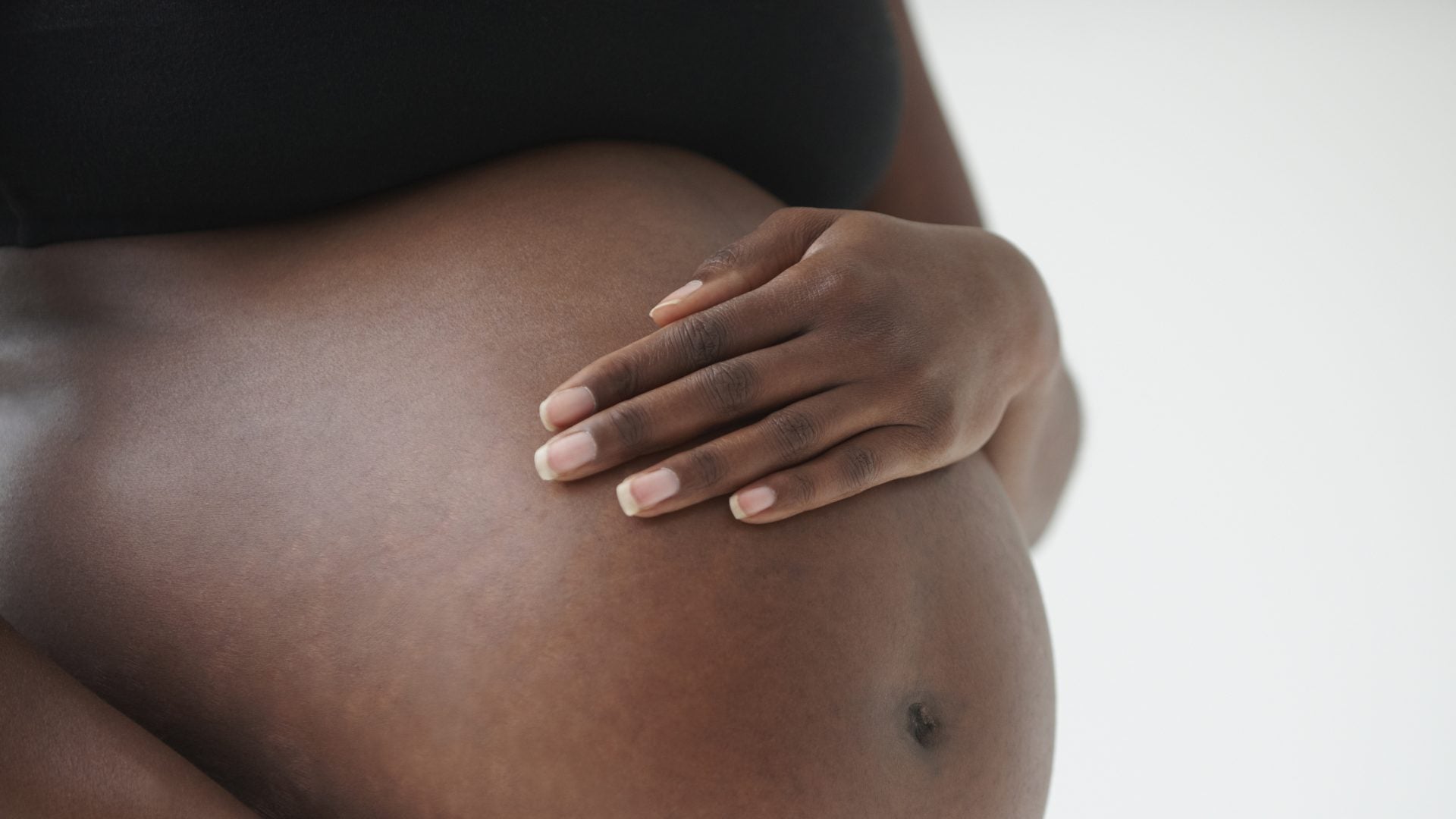
When you’re a mother-to-be, either for the first time or third, everything needs extra attention. This includes everything from what goes in your body to what you apply topically. As a mother of one, currently pregnant with my second, my skin has changed drastically with each pregnancy, and knowing what skincare products to bypass while pregnant stays top of mind.
But, before you go shelving products away and starting anew, below, we’ve curated an expert-approved routine of items, ingredients to avoid, and skincare treatments to hold off on.
How skin changes during pregnancy
Due to the influx of hormones and extra blood flow, your skin might appear to look differently when you’re pregnant. You may experience what we know as the “pregnancy glow,” become more acne-prone, experience the “mask of pregnancy,” which is called melasma, experience increased sensitivity, or have dilated veins, better known as varicose veins.
What skincare ingredients are safe during pregnancy?
Marisa Garshick, MD, a New York City-based board-certified dermatologist, lists a few ingredients known to be safe for use during pregnancy.
Lactic Acid: A mild AHA that gently exfoliates the skin without irritating it. It’s a good alternative to stronger acids like glycolic acid.
Glycolic acid: Safe for pregnancy in low concentrations, glycolic acid helps with exfoliation and targeting hyperpigmentation due to hormonal shifts during pregnancy.
Enzymes: Natural enzymes from fruits like papaya or pineapple are gentle and effective for removing dead skin cells. While mechanical exfoliation can be used in pregnancy, it is always important to be cautious if your skin is sensitive.
Azelaic acid: For those dealing with breakouts or hyperpigmentation, azelaic acid can be a great option and is considered pregnancy-safe.
The best pregnancy-safe products:
BeautyPie Happy Face Azelaic Acid Serum: Containing 10% Azelaic Acid, Niacinamide, Centella Asiatica, Rose Fruit pore-minimizers, and Sakura Complex helping to reduce the appearance of redness and inflammation while also helping to soothe and calm the skin, making it a good option for those with acne or rosacea-prone skin.
Colorescience Sunforgettable Total Protection Face Shield Flex SPF 50: This lightweight broad-spectrum mineral sunscreen uses zinc oxide 12%, iron oxide, antioxidants, and a patented Enviroscreen technology to protect against UVA/UVB, blue light, pollution, and infrared radiation. It is available in 4 different shades, making it easy to blend with your skin for natural coverage, and uses iron oxide pigments to adapt to your specific tone, without leaving the skin feeling greasy, making it good for all skin types. This is especially good for those dealing with hyperpigmentation as the tint may offer some cosmetic camouflage and also protect against worsening hyperpigmentation from blue light exposure.
Glytone Enhance Brightening Complex: This combines azelaic acid and glycolic acid to help address dark spots and uneven skin tone, while also improving overall texture, making it a great all-around option in pregnancy or breastfeeding to address both breakouts and pigmentation. It’s easy to use and works to brighten the skin, making it a great option during pregnancy and after.
Skincare ingredients to avoid
Retin-A/Retinoids/Retinol: These vitamin A derivatives should be avoided during pregnancy as absorbing “too much” can cause severe birth defects, Garshick says. That includes over-the-counter formulations containing vitamin A derivatives such as retinyl palmitate, which should be excluded from your beauty routine until post-delivery.
Salicylic Acid (BHA): High concentrations of salicylic acid should be avoided in pregnancy. Low-dose options might be safe, but it’s best to consult your doctor.
High-concentration AHAs: While some AHAs like lactic acid and glycolic acid are considered safe, they should be used in low concentrations.
Hydroquinone: Although tempting, hydroquinone is a prescription skin-lightening treatment that’s recommended to avoid during pregnancy because the body may absorb a significant amount of it, which puts the baby at risk, and limiting data supports safety use during pregnancy.
Skincare treatments to avoid
According to Garshick, multiple aesthetic procedures such as laser treatments, strong chemical peels, botox, and fillers should be avoided during pregnancy. That includes radio frequency and microcurrent treatments, which use electric shocks to firm the muscles and don’t contain enough supporting evidence for the safety of the fetus. But you don’t have to completely write off all treatments because there are a few you can opt for during pregnancy.
Pregnancy-safe skincare treatments
Gentle peels, such as lactic acid peels, rejuvenating facials, and LED light therapy, are typically considered safe to do while pregnant. Lactic acid penetrates the skin only to a limited degree and is a chemical exfoliant that’s also naturally found in the body that’s often used to treat gestational acne. LED light therapy has amazing skin benefits and is considered safe during pregnancy as it is non-invasive and doesn’t involve incisions, so it doesn’t pose any risks of complications, infections, or tissue damage as other treatments.
Red light therapy, like Lumara VISCO at-home LED Light Therapy Mask, can also be used to soothe inflammation in the skin, enhance mood and regulate sleep, and it improves discoloration/hyperpigmentation.
In all likelihood, you do not have to toss all of your products during pregnancy! Take note of our cheat sheet above on ingredients to avoid anything concerning, then chat with your OB/GYN, nurse midwife, and/or a board-certified dermatologist for a tailored routine that guarantees your safety and that of your baby.